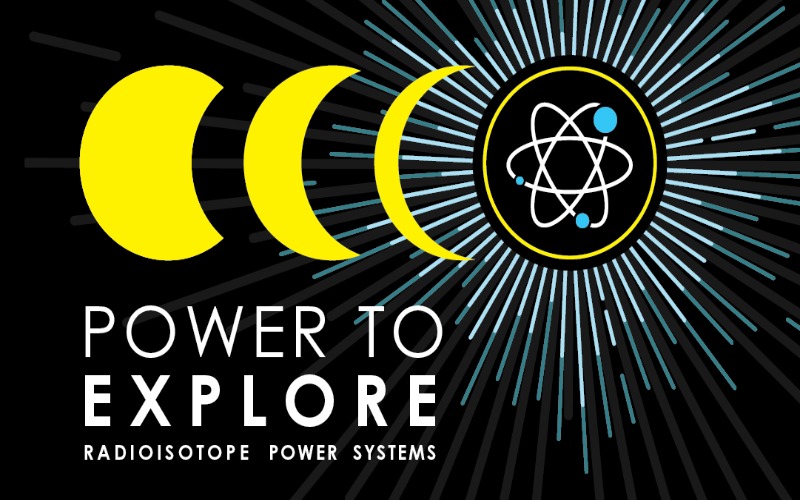Earlier this year, NASA announced the three winners of its Power to Explore Challenge, a national writing competition designed to teach K-12 students about the power of radioisotopes for space exploration. This year’s contest received 1,787 submitted entries from 48 states and Puerto Rico. The three winners have been invited to NASA’s Glenn Research Center in Cleveland this summer for a VIP tour of its research facilities to learn about and meet some of the people and technologies that power NASA’s missions.
Innovation & Tech Today spoke with Kristin Jansen, NASA Stakeholder Engagement Lead, Radioisotope Power Systems Program to get an inside look at this program and what it offers for young individuals interested in pursuing STEM.
Innovation & Tech Today: What motivated NASA to organize the Power to Explore Challenge?
Kristin Jansen: NASA is on a mission to inspire the next generation of space travelers. We hope that by participating in this challenge, students learn about this mission, enabling technology they are not likely familiar with, and are inspired to continue to learn about science, technology, engineering, and mathematics.
I&T Today: Could you explain the role of radioisotope power systems (RPS) in space exploration and their significance for NASA’s missions?
Jansen: Radioisotope Power Systems have enabled some of NASA’s most exciting missions. RPS has been used in our country since 1961 and NASA began using it in 1969 to power space missions that could not rely on solar energy from the sun because of the deep, dark, and dusty destinations.
I&T Today: What can the general public learn from the winning entries of the Power to Explore Challenge about the potential of RPS-powered space missions?
Jansen: By reading the students’ entries, the general public can learn about the need for RPS to reach extreme destinations in space. Additionally, readers will be inspired by the unique superpowers of the students which we hope leads them to think about their own unique “powers” that make them successful in their life mission.
I&T Today: How does NASA see the impact of projects like the Power to Explore Challenge on inspiring future generations of space explorers and scientists?
Jansen: One of NASA’s goals is to inspire the next generation of explorers and expose them to a robust technology they may not have heard of before while stretching their imagination to think about exploring destinations impossible by other means. We hope this challenge will continue to encourage students to be curious and explore, learning things about themselves and the world around us.
I&T Today: Could you provide some insights into the VIP tour of NASA’s Glenn Research Center that the winners will experience? What can they expect to learn and explore during their visit?
Jansen: NASA’s Glenn Research Center is opening its doors to the student winners of the Power to Explore Challenge. The students will see firsthand what NASA engineers do daily to support space missions. They’ll have the opportunity to meet with the NASA team, ask questions, and tour exclusive facilities. They can expect to learn about the unique capabilities of the research center. Winners will also travel to Glenn’s visitor center, the Great Lakes Science Center, where they can explore the NASA exhibits and other engaging science displays. The group will get to spend a lot of time together and make new friends while being exposed to the people, the research, and the technologies that power NASA missions.











